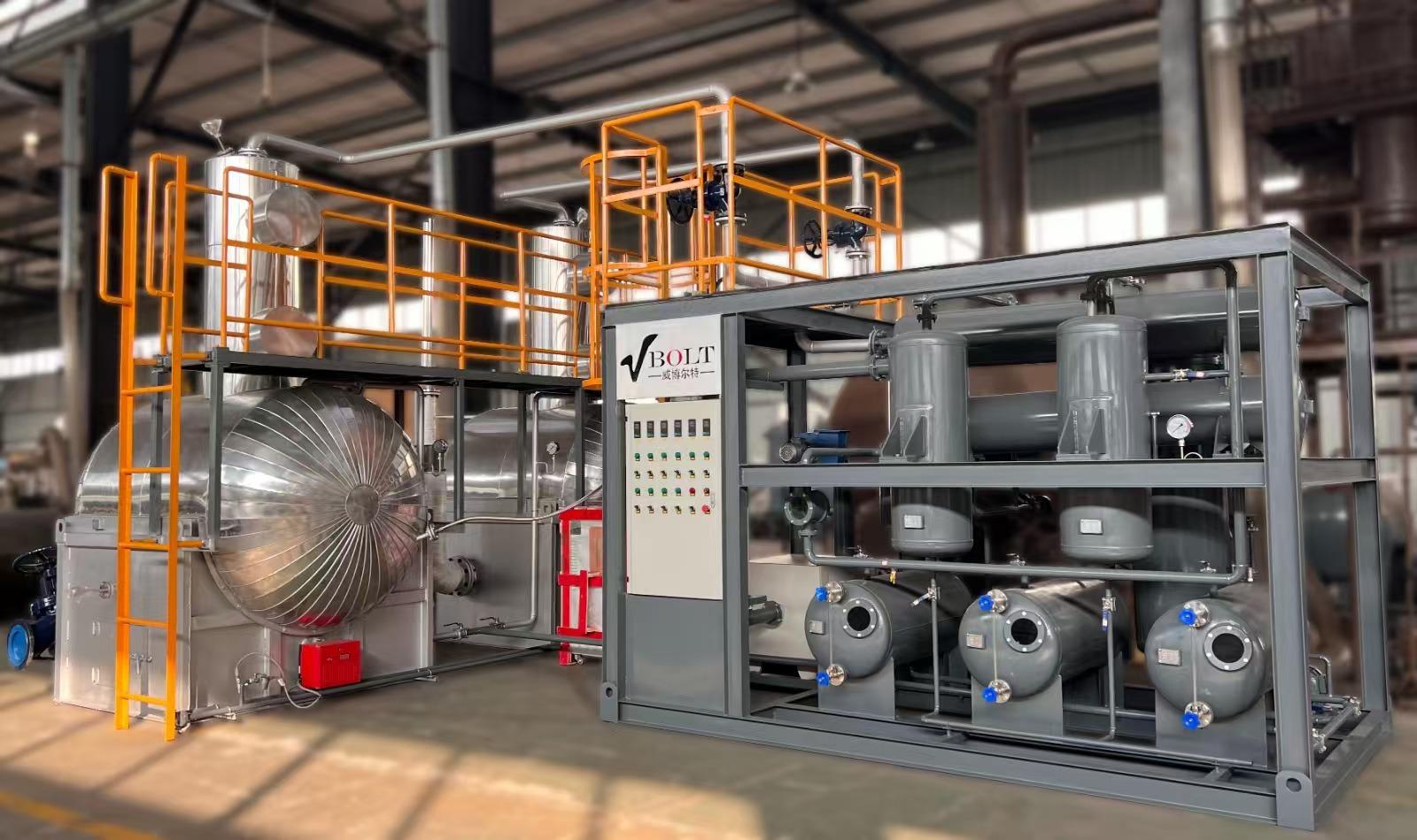Abstract
The recycling of waste oil into diesel has become an important research area in recent years due to environmental concerns and the need for sustainable energy sources. Catalysts play a crucial role in this process. This article reviews the types of catalysts used in waste oil - to - diesel conversion, their reaction mechanisms, and the factors influencing their performance.
1. Introduction
Waste oil, such as used lubricating oil, waste cooking oil, and industrial waste oil, is a significant environmental pollutant if not properly managed. However, it also represents a potential resource as it can be converted into valuable diesel fuel. The conversion process usually involves several chemical reactions, and catalysts are essential to improve the reaction efficiency and selectivity.
2. Types of Catalysts
2.1. Acid - base Catalysts
Acid - base catalysts, including solid acids and bases, are widely used. For example, zeolites with strong acidic sites can promote cracking reactions of the large molecules in waste oil. They can also isomerize the products to obtain more desirable diesel - range hydrocarbons. Basic catalysts like some metal oxides can help in the removal of acidic impurities in waste oil during the pretreatment process.
2.2. Metal - based Catalysts
Transition metal catalysts are of great significance. Nickel, platinum, palladium, and other metals are often used. These metals can catalyze hydrogenation reactions. For instance, in the hydrogenolysis of waste oil, nickel - based catalysts can break the carbon - carbon bonds in the complex molecules of waste oil under hydrogen atmosphere, converting them into smaller molecules suitable for diesel production. Moreover, bimetallic catalysts can exhibit better catalytic performance than single - metal catalysts due to synergistic effects. For example, Ni - Mo catalysts have shown excellent activity in hydrotreating waste oil.
3. Reaction Mechanisms
3.1. Cracking Reaction
In the presence of acid - base catalysts, the long - chain hydrocarbons in waste oil are cracked into shorter - chain ones. The acid sites on the catalyst act as active centers, providing protons to initiate the cleavage of carbon - carbon bonds. This reaction reduces the molecular weight of the waste oil components, making them more suitable for diesel fuel.
3.2. Hydrogenation Reaction
Metal - based catalysts facilitate hydrogenation. Hydrogen molecules are adsorbed and dissociated on the metal surface. The hydrogen atoms then react with unsaturated bonds in the waste oil molecules, such as double bonds and aromatic rings. This process not only improves the quality of the diesel product by reducing the content of unsaturated compounds but also helps in the removal of sulfur, nitrogen, and oxygen - containing impurities through hydrogenolysis reactions.
4. Factors Affecting Catalyst Performance
4.1. Catalyst Structure
The pore structure of the catalyst affects the mass transfer during the reaction. A well - developed pore structure allows better access of waste oil molecules to the active sites. For example, mesoporous catalysts can provide more efficient diffusion paths for large - sized waste oil molecules compared to microporous catalysts.
4.2. Temperature and Pressure
The reaction temperature and pressure have a significant impact on the catalytic reaction. Higher temperatures usually accelerate the reaction rate but may also lead to side reactions. Appropriate pressure conditions, especially in hydrogenation reactions, are necessary to ensure sufficient hydrogen supply to the reaction system. For example, in the hydrogenolysis of waste oil using metal catalysts, a certain pressure range is required to maintain the stability of the hydrogen - adsorbed state on the metal surface.
4.3. Feedstock Properties
The properties of waste oil, such as its composition, viscosity, and impurity content, influence the catalyst performance. Waste oils with high impurity levels may poison the catalyst, reducing its activity. Different types of waste oil may require different catalyst systems or pretreatment methods to achieve optimal conversion.
5. Conclusion
Catalysts are the key to efficient waste oil - to - diesel conversion. The development of more efficient and stable catalysts, along with the optimization of reaction conditions based on the understanding of reaction mechanisms and the influence factors, will contribute to the better utilization of waste oil resources and the reduction of environmental pollution. Future research should focus on the design of novel catalysts with improved performance and the exploration of integrated processes for waste oil recycling.

